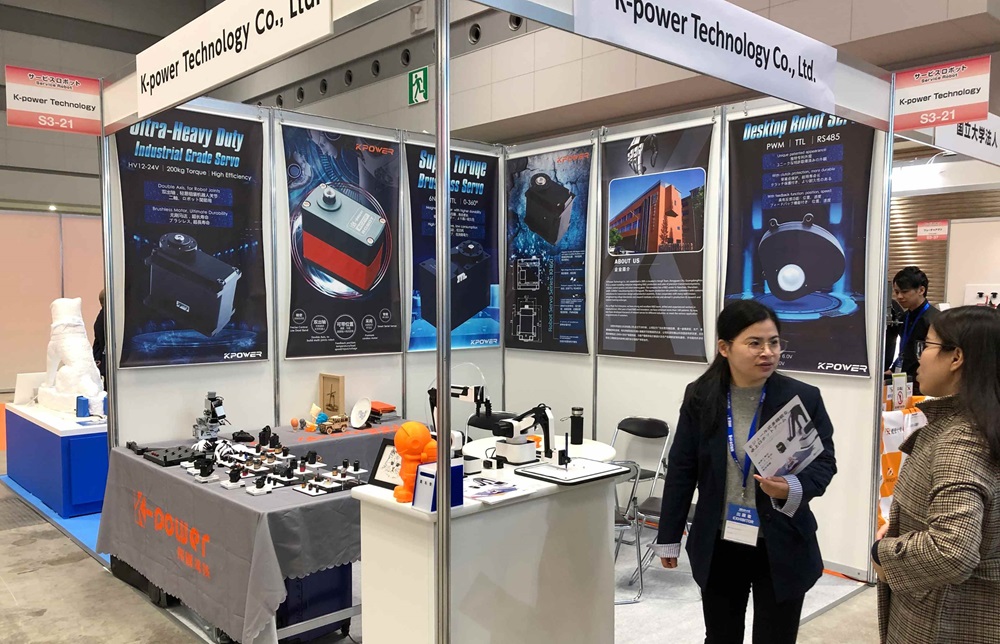Thinking about upgrading your machinery or just diving into the world of automation? Let me tell you, understanding servo motor specifications is like unlocking a secret code to precision and power. It’s more than just numbers; it’s about how those specs translate into real-world performance, reliability, and even savings.

So, what jumps out at you first? Torque, right? That’s the force behind every move your machine makes. Whether you're spinning a tiny gear or driving a large robotic arm, the torque rating tells you if the servo can handle the load without breaking a sweat. But here's a fun fact—sometimes, a servo motor with a slightly higher torque than you think you need provides that buffer, ensuring it doesn’t strain under unexpected loads or sudden starts. It’s like having an extra shot of energy for those moments when things get a little hectic.
Power supply voltages are another thing to keep in mind. A servo motor’s power ratings like 24V or 48V aren’t just numbers; they influence efficiency, heat generation, and even the size of your wiring. Going too low means sluggish responses; too high might risk unnecessary strain or even damage. Think of it like choosing the right fuel for your car—use the wrong one, and things just don’t run smoothly.
Speed ratings, usually given in RPM, are crucial when timing is everything. Whether you need rapid movements for packaging lines or slow, precise adjustments in a CNC machine, matching the servo’s speed specs to your application is key. Sometimes, a servo that maxes out at 3000 RPM is perfect for rapid assembly, but if you’re into delicate engraving, a slower, more controlled motor might fit better.
And let's not forget about control resolution. How finely can the servo position itself? This is weighted heavily in robotics or fine-tuned manufacturing. High-resolution servos can make tiny, almost invisible adjustments—think of a surgeon’s delicate hand. If you’re tackling bigger, rougher tasks, perhaps lower resolution still gets the job done efficiently.
But, questions pop up—how long will a servo last? Well, it’s all about build quality and how well the specs match your needs. A motor with higher overload ratings isn’t just a fancy feature; it’s a sign it can withstand those rare, strenuous moments without hiccups.
Choosing the right servo motor isn’t about chasing the biggest numbers but matching the specs to your specific needs. Whether it’s gear reduction, feedback types, or the cooling method, each detail counts. It’s about finding that sweet spot where performance meets durability and cost-efficiency, making everything run just right.
In the end, it’s the little things—like the torque curve, the precision, and the power input—that stack up to give your project the edge. So, look beyond the flashy tech and focus on what a servo can really do for your application. After all, understanding your specs isn’t just technical nerd talk—it's the key to smarter, more reliable automation.
Established in 2005, Kpower has been dedicated to a professional compact motion unit manufacturer, headquartered in Dongguan, Guangdong Province, China. Leveraging innovations in modular drive technology, Kpower integrates high-performance motors, precision reducers, and multi-protocol control systems to provide efficient and customized smart drive system solutions. Kpower has delivered professional drive system solutions to over 500 enterprise clients globally with products covering various fields such as Smart Home Systems, Automatic Electronics, Robotics, Precision Agriculture, Drones, and Industrial Automation.




































